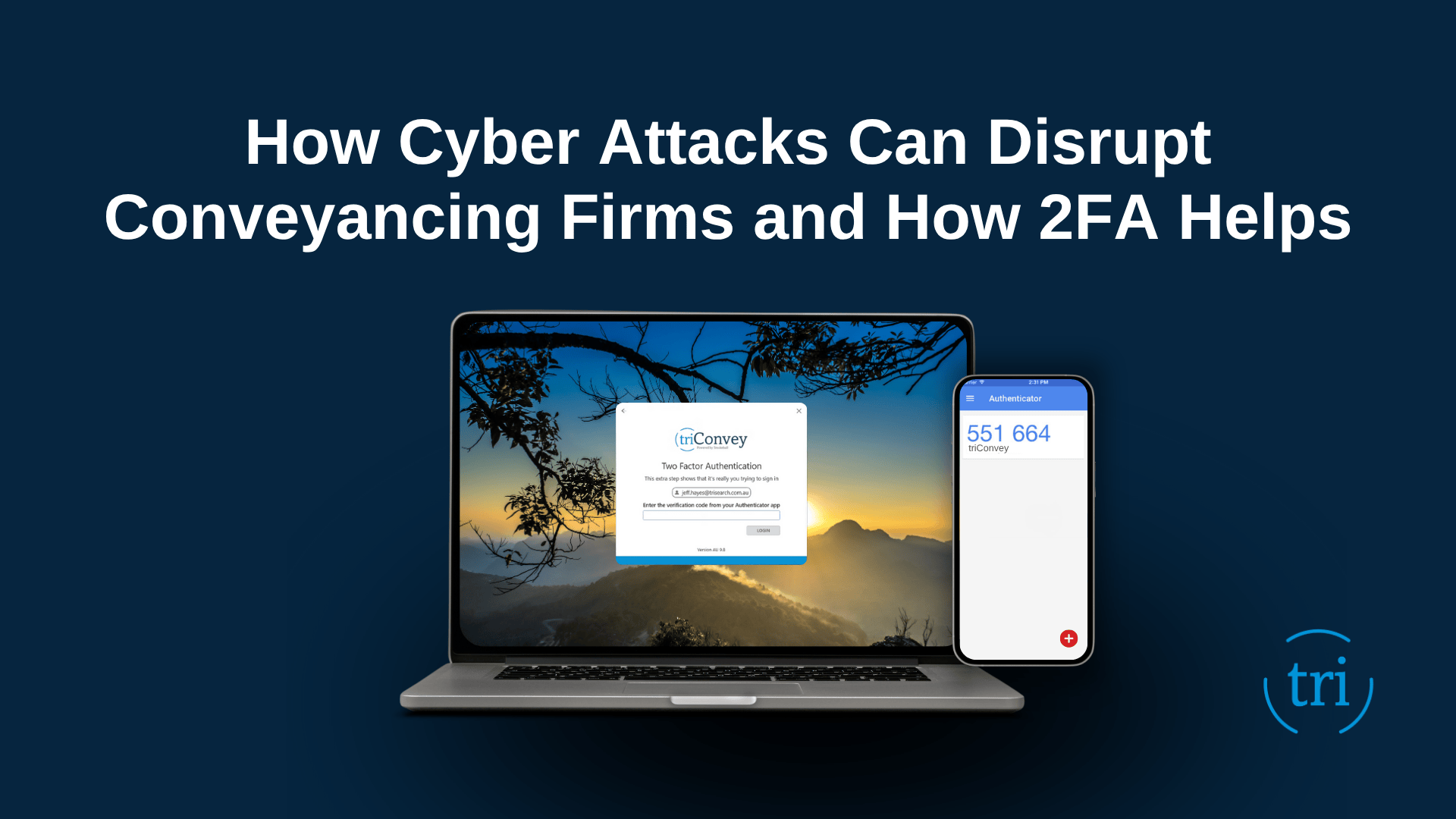With Queensland’s new seller disclosure regime up and running, buyers may feel more protected.
But conveyancers will understand due diligence is still critical, especially when it comes to environmental risks.
The new Property Law Act 2023 and Property Law Regulation 2024 will require sellers of freehold land to provide a Disclosure Statement and prescribed certificates before a contract is signed.
This includes detailed environmental and planning information — a major shift away from Queensland’s traditional “buyer beware” approach.
Environmental and planning lawyer Gabrielle Guthrie warns that while the changes improve transparency, they don’t remove the need for independent checks.
Running searches early in the process and re-run if there’s a delay before signing may be necessary.
Environmental data can change quickly, especially as new sites are added to — or removed from — public registers.
Howard Waldron, CEO of Lotsearch, agrees, saying: “The Disclosure Statement helps, but relying solely on it may expose the buyer to risk.
“Paying for an independent search could save thousands in the long run.”
Sellers will need to disclose whether a lot is listed on the Environmental Management Register (EMR) or the Contaminated Land Register (CLR).
They must also include information about any Environmental Enforcement Orders (EEO), Transitional Environmental Programs (TEP), or specified notices issued under the Environmental Protection Act.
With the changes now in effect, conveyancers are encouraged to update their processes and start guiding clients through the new requirements.
Lotsearch have recently launched two new searches (focused on zoning and contamination notices) to support the disclosure process. Whilst this does not negate the seller’s responsibility to accurately complete the seller disclosure statement, it certainly provides more clarity and certainty.
There are serious consequences for failing to disclose — including contract rescission.
“Getting it right upfront can avoid costly disputes and delays later,” Lotsearch co-founder Peter Rodgers said.
Buyer Beware Still Exists!
While the obligation is now with sellers to provide this information, practitioners acting for buyers are urged not to rely solely on what’s handed over.
The required disclosures are significant — but not exhaustive.
Depending on a buyer’s future plans for the land, additional risks such as bushfire, flooding, or development activity in the area may also be relevant.
Lotsearch has developed a suite of tools to help practitioners acting on behalf of property buyers as well as sellers.
Its Environmental Risk – Contaminated Land Search compilesa more comprehensive list of public register entries and alerts users to key contamination risks, in addition to those required under the new disclosure laws.
“Lotsearch’s environmental searches go beyond the minimum disclosure and give buyers real peace of mind,” Mr Waldron said.
Other tools such as the Bushfire Risk Search and Development Application Search can help the purchaser identify any environmental issues that were not previously disclosed.
“Good disclosure protects everyone in the transaction – and doing more than the minimum is often the smartest move.”
To find out more visit Lotsearch here





